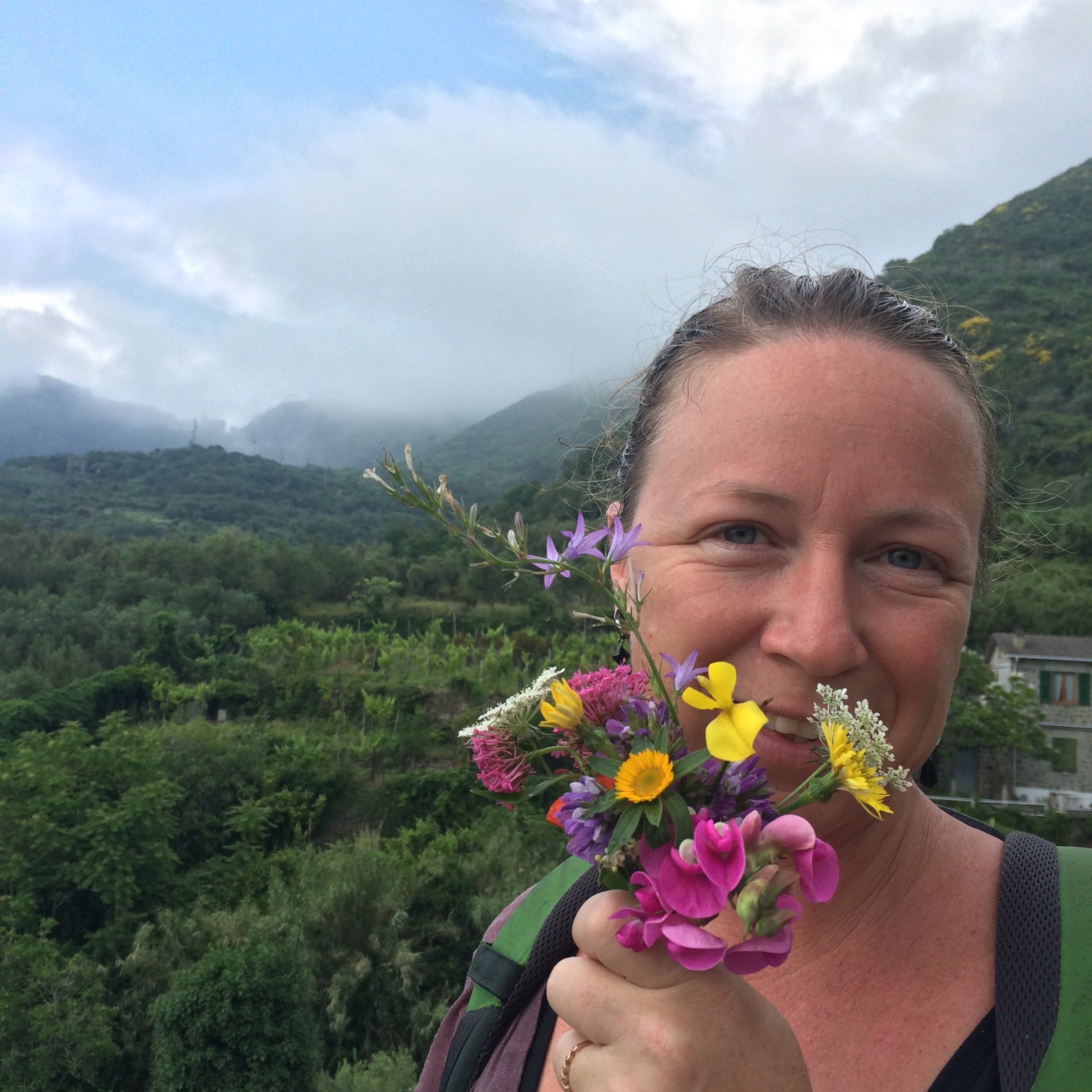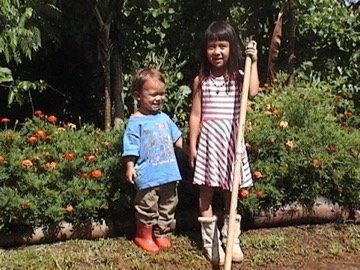Plant Medicine
I started making homemade herbal salve back in the early nineties to try to heal my psoriasis. Over the years, I have explored many techniques and worked with the healing properties of different plants.
The process of cultivating the herbs and turning them into medicine has become so ingrained into my way of moving in the world that I no longer use a recipe at all. The process is wholly intuitive, woven into my other daily practices, such as tending my garden, feeding my family, or tidying my home.
That's why it’s been challenging to share my recipe and why my salve is more magical than the one you buy at Target or Whole Foods containing the same ingredients.
Soft Skills
I love to think about the ‘hard skills’ and ‘soft skills’ in life. My teacher, Medra, used to have ‘midwifery classes’ at her house. They were more like talk-story with grandma circles. She said, “Anybody can teach you to take a blood pressure or check a cervix, but what I have to share that is unique is how to BE with the woman.”
While I love the hard skills of midwifery, I also appreciate the soft skills Medra wanted to teach. She knew those were special and often overlooked. Medra knew she was especially good at the soft skills of midwifery, even if she didn't call them that.
As her alaka’i, or lineage-carrying student, I also feel my specialty lies in soft skills. In fact, in life, I generally excel at soft skills. They get fewer accolades because they are less tangible and less quantifiable, but ultimately, I know the secret: the better you wield your soft skills, the less need there is to use your hard skills.
In plant medicine, there are also hard and soft skills. The latter lie mostly in relationships. Working with plant medicine gets really juicy when you understand that plants are living beings, and the power lies in your relationship with the plant.
If you infuse an herb that grew locally into an oil, that oil will likely be more potent than one you purchased online and had delivered. A plant you picked yourself while on a walk in your favorite place will be stronger yet. If you pray to the plant, the medicine will be stronger still.
If you sing a song to the plant while you harvest, just imagine how much more powerful the plant medicine will be! If you grow the plant yourself, tend to it, water it, weed away the competition, sing to it, thank it, and love it, now you're making really powerful medicine!
Plant Allies
I can give you a recipe, but the real medicine-making comes from you. The plants that I work with are plant allies for me. They open up and bloom because we love each other. Plant allyships are developed over the years and decades.
If you’re making medicine for other people, it’s wise to use your soft skills of observation, intuition, and interpretation to discern their plant allies. That way you can make medicine that is more potent for them. This is something that I teach more about in my Plant Medicine Midwife class.
I always give all my mamas a jar of my homemade ‘Everything Salve’ after they give birth. I call it that because it is literally good for everything postpartum (and in life!).
Use it to assist with healing if you've had a tear or hemorrhoids, or even for general healing ‘down there’. It’s also good for diaper rash and all of those other normal rashes newborns cycle through.
It’s great for moisturizing, lip balm, and sore nipples if you're not hung up on your baby ingesting minute amounts of beeswax. Most of my mamas are not worried about that. Back when I gave birth, there was this big scare that honey and all honey-related products had bacteria in them, so we weren't supposed to give it to babies. Instead, we were using sticky lanolin. Some people really like that stuff, so I’m not knocking it. But for me, I much preferred my sweet herbal salve with a little bit of beeswax in it.
Mamas always love the salve. They invariably text me a few weeks later, saying how great it is, and many of them want to know how to make it. When they ask me for the recipe, I get what they're reaching for: what's my secret ingredient? They want to know what makes it so gooood.
Well, it’s the love. It’s the love that I have for them. The love I have for the plants. The love I give to myself in the process of making the medicine.
DIY Salve
That being said, there are a couple of ‘pro tips’ that play a part in making my salve special.
Fresh Herbs
I use fresh herbs to infuse into the oils instead of dried. Infusing fresh herbs is much more tricky than dried because the water in the plant matter can cause mold to grow. This is why we only infuse fresh herbs for two weeks, watching it carefully instead of six weeks or more for dried herbs.
It’s best to start your medicine-making journey with dried herbs and wait to work with fresh herbs until you’ve reached proficiency there.
Beeswax
I use a 1:4 ratio of beeswax to oil. This makes for a soft, gooey salve. Most manufacturers use more beeswax because it makes the salve set up thicker, which is cuter in the container and gives more shelf appeal. It’s also less messy, especially if you have the salve in a roll-up tube if you live in a hot place or if you keep it in your car or purse.
But for use on the undercarriage after giving birth, the softer, smooshy texture is far better. In fact, I actually have come to prefer many of my preparations sans beeswax altogether, but that's another topic to save for discussion in the PMM class.
Click the image above to download your Everything Salve Recipe.
My Everything Salve
I have a basic recipe to start with. I generally infuse 32 oz jars of herbs and oils, making large batches of salve to last a year or two, but for personal use, it’s probably better to start with small amounts because it’s easier and a little goes a long way.
The recipe I use is pretty much exactly the same as this one, which you can find on Mountain Rose Herbs' website. Originally, I started with Herbs for Health and Healing by Kathi Keville.
However, you can download my Everything Salve Recipe for free!
I encourage you to try out the recipe and make it your own. Once you begin your exploration, a whole world of possibilities emerges. If you seek to continue learning and growing your plant medicine practice, check out the PMM class!





